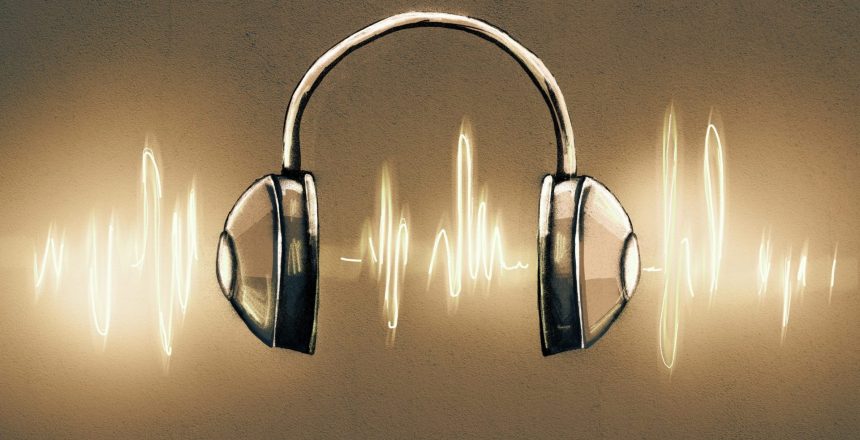Chances are you have heard of the term “dissonance” get thrown around when talking about music. Dissonance might sound like a complicated term, but it’s actually a simple concept. It’s when two or more notes are played together and they don’t sound “right” or “pleasing” to the ear.
A good example of dissonance can be heard in a car horn. It’s not exactly pleasant, but it’s attention-grabbing. In music, dissonance can be used to create tension and add interest to a song.
Some examples of dissonance in music include the tritone, or the diminished fifth, which is a particularly dissonant interval. It was often referred to as “the devil’s interval” in medieval times and was avoided in religious music. Other examples of dissonant chords include the augmented fourth and the major seventh chord.
Another way to use dissonance is to create a sense of anticipation. You can use a dissonant chord or interval to build tension and make the listener anticipate the resolution. This technique is often used in horror movie soundtracks to create a sense of impending doom.
But as with any musical tool, moderation is key. This is especially true for dissonance. Too much dissonance can become overwhelming and distract from the melody of the song. The ending result can be a song that is confusing to the listener. In order to use dissonance effectively, you need to understand how to resolve it. The resolution is when the dissonant interval or chord is followed by a consonant interval or chord that sounds pleasing to the ear. The resolution provides a sense of closure and satisfaction to the listener.
A great example of using dissonance and resolution effectively can be found in the song “I Will Survive” by Gloria Gaynor. The pre-chorus features a dissonant chord progression that resolves into a satisfying major chord for the chorus. Another example is the opening chord of The Beatles’ song “A Hard Day’s Night.” It’s a combination of a G7 chord and a G#dim7 chord. The dissonance in this chord creates an unsettled feeling as we hang in suspense for the drop of the first beat.
In conclusion, dissonance is an important tool for creating tension and adding interest to a composition. When used effectively and purposefully, it can be a powerful tool for expressing emotions and creating a unique musical experience for the listener. However, it’s important to use dissonance judiciously and pair it with consonant sounds to create a balance that is pleasing to the ear. So go ahead and experiment with dissonance in your own compositions, but remember to use it wisely!





